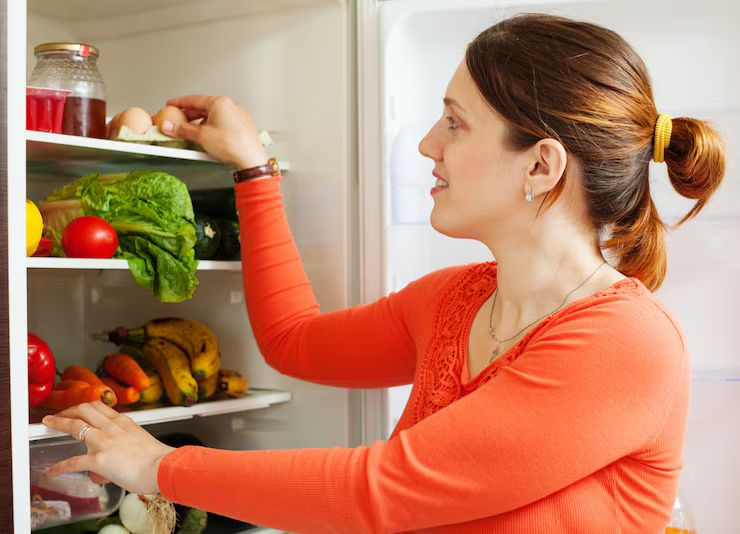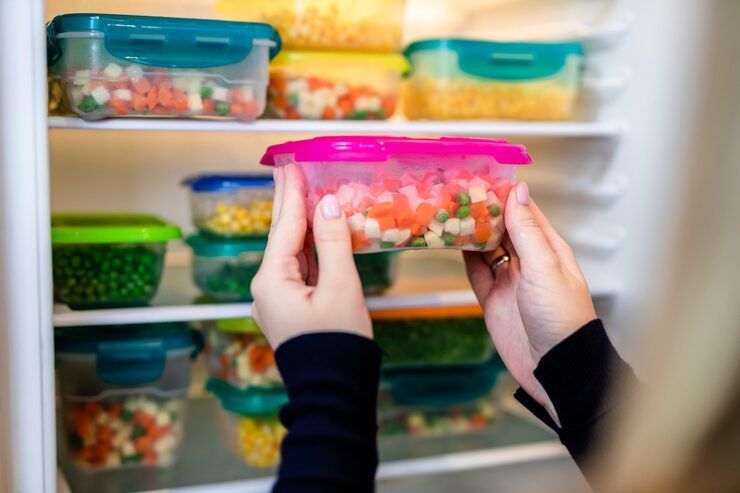Cold storage refers to the use of controlled, low-temperature environments to preserve perishable goods such as food, medicine, dairy, seafood, and agricultural produce. It plays a vital role in maintaining freshness, extending shelf life, and preventing spoilage. From household refrigerators to industrial cold rooms and refrigerated warehouses, cold storage has become an essential component of modern supply chains.
The need for cold storage has grown significantly due to increased demand for frozen food, global trade, pharmaceutical transport, and agricultural exports. As lifestyles shift toward convenience and safety, proper preservation techniques have become more important than ever.

Importance
Cold storage is crucial because it ensures product quality, reduces food waste, and maintains safety standards. Without adequate preservation, perishable goods lose nutritional value, become unsafe for consumption, or lead to significant financial losses in industries such as agriculture, retail, and healthcare.
Who it affects:
-
Farmers and food producers rely on cold storage to keep harvests fresh before distribution.
-
Retailers and restaurants depend on proper storage to maintain customer trust and food safety.
-
Pharmaceutical companies use temperature-controlled storage to ensure medicines, vaccines, and biologics remain effective.
-
Consumers benefit directly from longer-lasting, safer products in their homes.
Cold storage also addresses global challenges like food security, sustainability, and the growing need for efficient supply chain management.
Recent Updates
The cold storage industry has seen notable changes in recent years, particularly with advancements in technology and new regulations:
-
Smart Monitoring Systems (2023–2024): IoT-enabled sensors and cloud platforms allow real-time monitoring of temperature and humidity, reducing the risk of spoilage.
-
Energy Efficiency Trends (2023): Cold storage facilities are adopting renewable energy sources and eco-friendly refrigerants to reduce environmental impact.
-
Vaccine Distribution (2021–2023): The COVID-19 pandemic highlighted the importance of ultra-low temperature storage for vaccine preservation, accelerating investment in cold chain infrastructure worldwide.
-
E-commerce Growth (2024): Online grocery and meal delivery services have driven demand for small-scale, decentralized cold storage units closer to consumers.
These updates show that cold storage is not just about preservation but also about adapting to sustainability, technology, and evolving consumer behavior.
Laws or Policies
Cold storage is subject to strict regulations to ensure food safety, medicine efficacy, and consumer health. Regulations vary by country but often include:
-
Food Safety Standards: Many governments mandate temperature ranges for different products (e.g., dairy at 0–4°C, frozen food at -18°C or lower).
-
Good Distribution Practices (GDP): For pharmaceuticals, regulations require validated cold chain logistics to prevent product degradation.
-
Environmental Policies: Several countries enforce restrictions on harmful refrigerants, encouraging the shift toward eco-friendly gases.
-
Agricultural Support Programs: Some nations provide subsidies or tax benefits for farmers and cooperatives to build cold storage facilities to reduce post-harvest losses.
These rules ensure that businesses and consumers alike benefit from safe, reliable, and sustainable preservation methods.
Tools and Resources
Cold storage management has been made easier with various digital and physical tools.
-
Temperature Monitoring Devices – Wireless sensors and digital thermometers for constant tracking.
-
Cold Chain Management Software – Platforms like Sensitech or LogTag for real-time monitoring and alerts.
-
Energy-Efficient Refrigeration Systems – Modern equipment designed to cut costs and minimize environmental impact.
-
Mobile Apps – Apps such as FridgeCam help consumers monitor household food storage and expiry dates.
-
Government Resources – Agricultural departments and food safety authorities often publish guidelines on safe storage.
These tools ensure proper handling, reduce risks, and improve efficiency for both commercial and personal use.
FAQs
1. What is the ideal temperature for cold storage of food?
The ideal temperature depends on the product. Fresh produce is best stored at 0–5°C, while frozen goods should be kept at -18°C or below.
2. Why is humidity control important in cold storage?
Humidity prevents products like fruits and vegetables from drying out or becoming moldy. Maintaining the right humidity level ensures freshness and quality.
3. How does cold storage benefit farmers?
Cold storage helps farmers extend the shelf life of crops, reduce post-harvest losses, and access wider markets by maintaining product quality during transportation.
4. Can medicines be stored in normal refrigerators?
Not always. Some medicines and vaccines require ultra-low temperatures, far below standard refrigerators. Specialized pharmaceutical cold storage is necessary.
5. What are the biggest risks in cold storage?
The main risks include power outages, equipment failure, poor temperature monitoring, and improper handling, which can lead to spoilage or contamination.
Final Thoughts
Cold storage is no longer just a convenience—it is a necessity for industries, businesses, and households alike. With advancements in technology, stricter regulations, and the growing demand for perishable goods, proper preservation practices are more critical than ever.
By understanding best practices, using modern tools, and complying with safety standards, stakeholders across the supply chain can minimize waste, protect consumer health, and ensure long-term sustainability. Whether for food, pharmaceuticals, or agriculture, cold storage remains a cornerstone of safe and efficient preservation.
